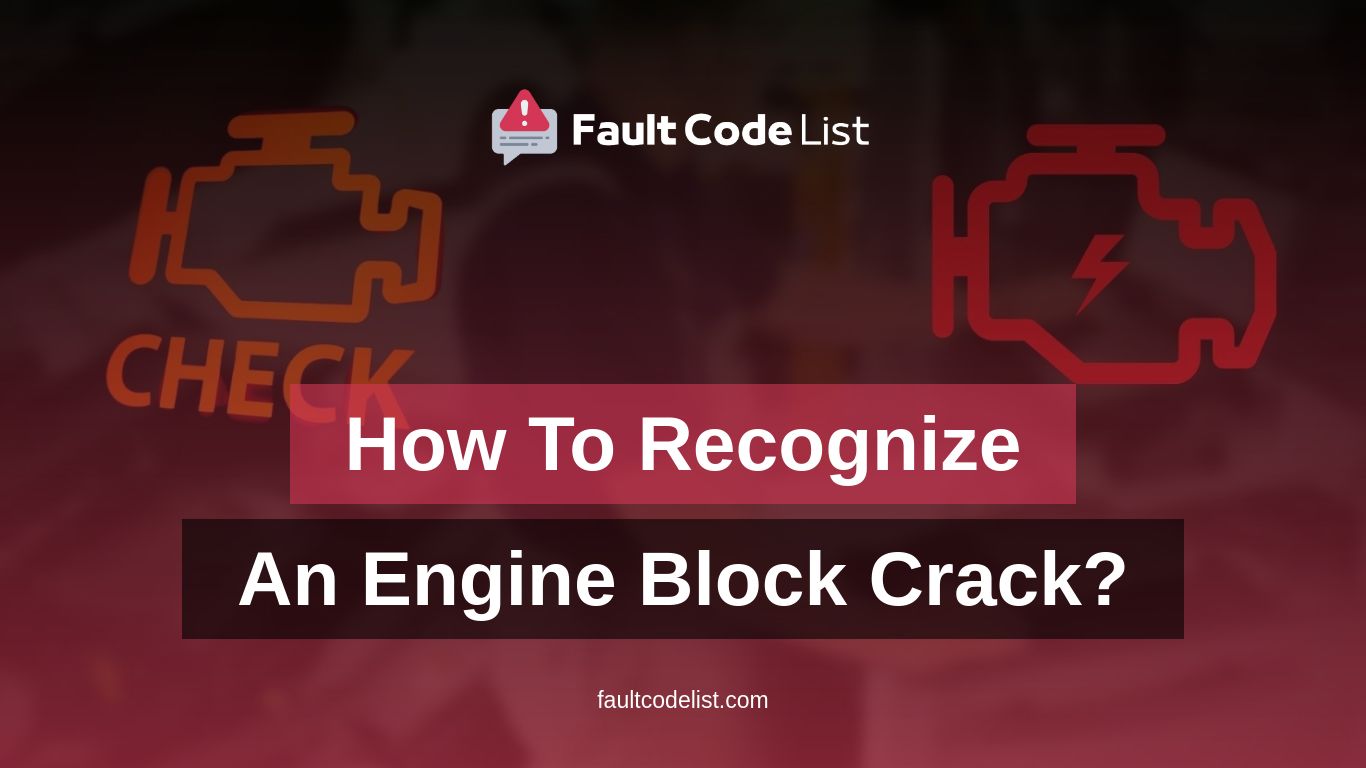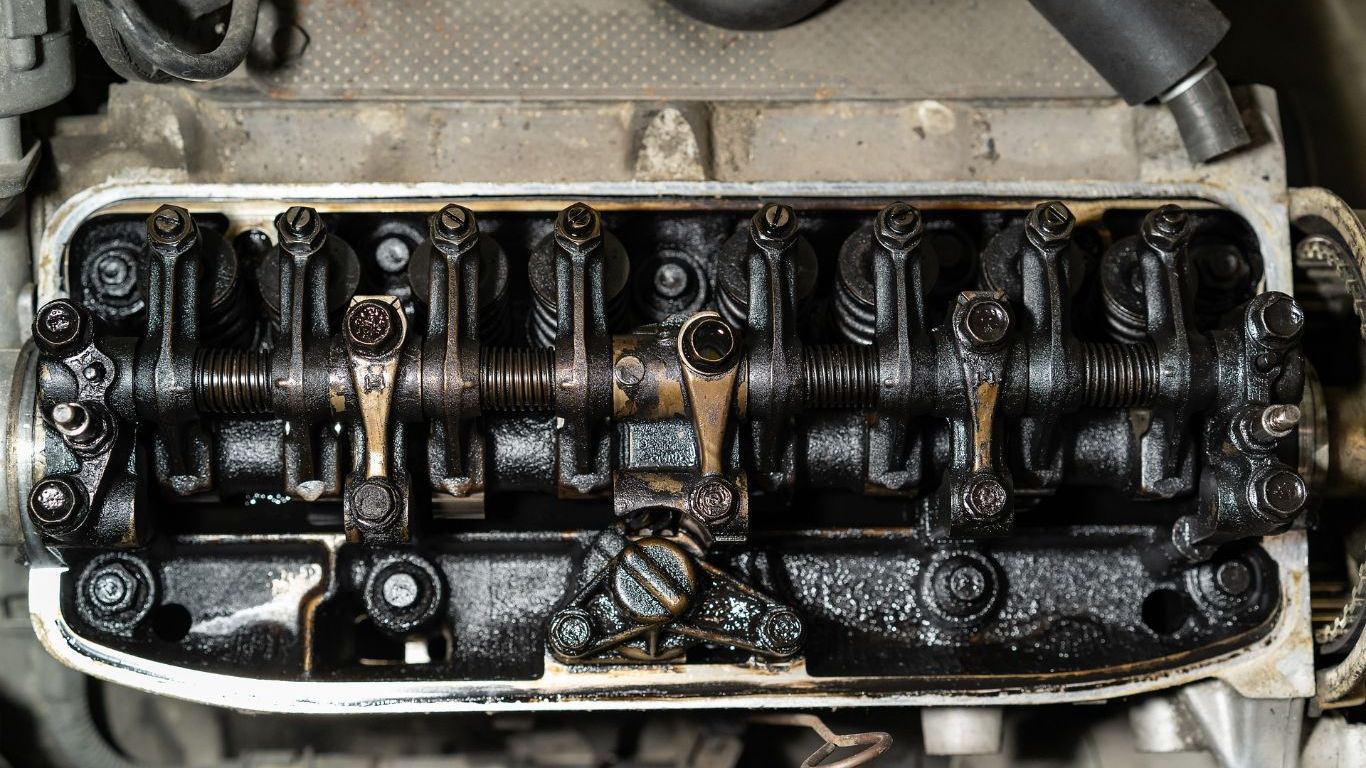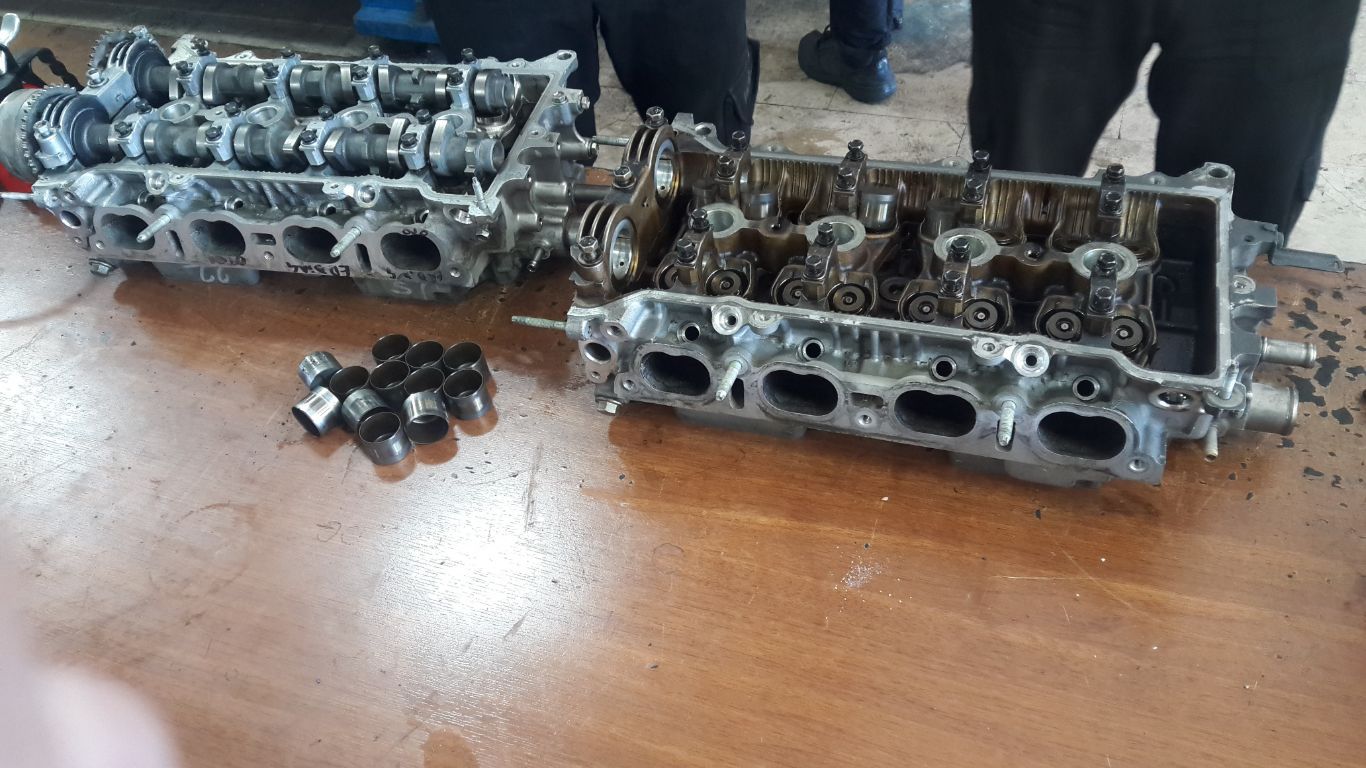The most important part for cars to generate power is the engine. In order for this system to work correctly and reliably, the engine protects the cylinder block. At this point, you may sometimes encounter cracking of the block.
This is a very serious problem and we are always curious about how it happens. By giving you detailed information on this subject, we will tell you how you should act if such an incident happens to you and the total cost amount that will occur. First of all, before explaining the incident, we need to get to know the engine block closely and look at what kind of structure it has.


How is the Engine Block?
The engine block is made of a hard material that helps the cylinders and pistons generate power in the engine and protects it from external factors. This system consists of two different layers. These are divided into two as the inner layer and the outer layer. In the outer layer of the engine block, coolant passes through to help cool the engine. This is done through numerous water channels. The inner wall has a more internal part.
The cylinder and pistons are located here. This is also where the engine oil is located. The engine block crack is located in the part generally known as the outer layer rather than this layer. The reason why this problem occurs at that point is that the outer layer is vulnerable to external factors. Now, let’s briefly look at how you can understand how the crack formed at this point will occur.

The formation of the crack occurs in different shapes and sizes. If the crack is very small, this will be understood by the loss of water. Of course, as the water continues to flow, the crack will become larger and larger. As the water is missing, the overheating problem may occur more frequently. This leads to more serious problems. If the problem goes unnoticed and the water used to cool the engine runs out completely and it is understood that there is no problem in the radiator and other water points, it can be understood that there is an engine block crack.
Oil leaks are also common in this process. These problems can usually occur in the crack in the outer layer. If a crack occurs in the inner layer, oil leakage into the engine water or water leakage into the engine oil can be seen.

The vehicle will greatly decrease traction. Likewise, a continuous choking incident may occur. As the crack grows, the vehicle may stop suddenly. With the stopping problem, the vehicle may not start at any time. Although engine block cracks are small at first, they can gradually grow over time and lead to more serious problems.
If this problem is recognized early, the cost will be lower. However, the later the crack is noticed and the more it grows, the higher the cost will be. For this reason, crack repair should be done quickly and the problem should be eliminated in a short time. For this, it is necessary to get help from engine masters in the auto industry.
